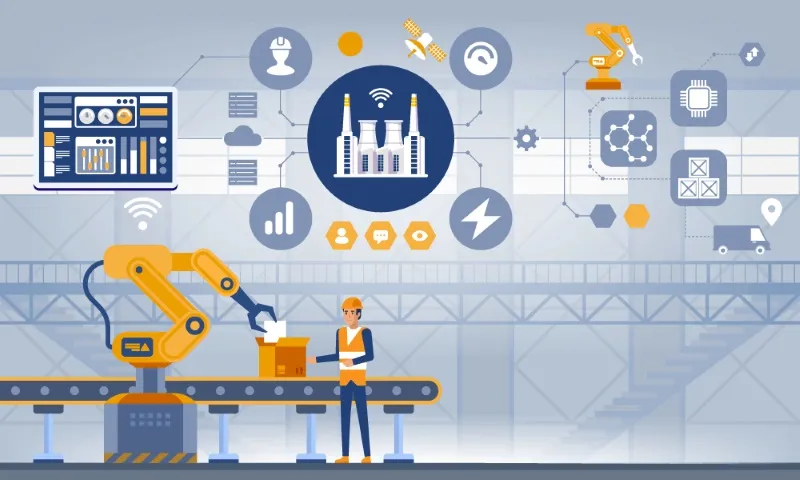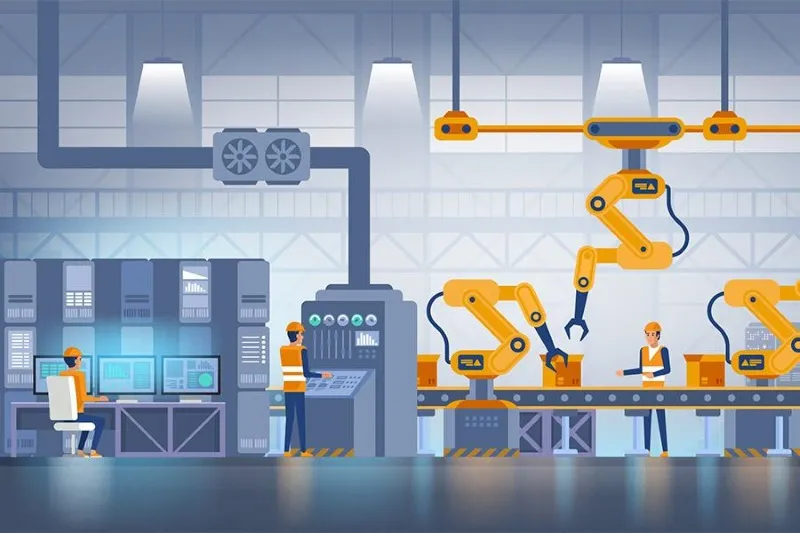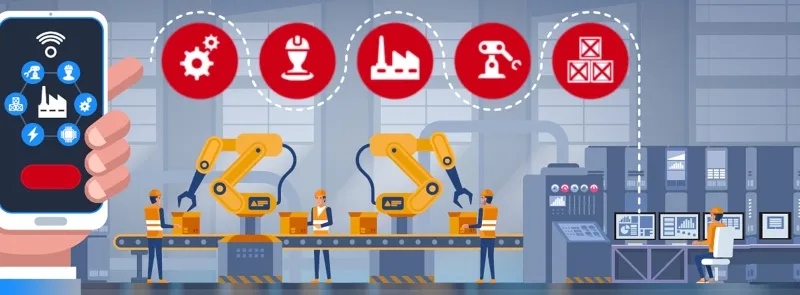What is Manufacturing Information System?
Manufacturing Information Systems (MIS) possess robust software platforms that have the ability to monitor the development of raw materials until they become finished products. When an MIS is integrated, it allows for the management of numerous factors, ranging from inputs to support services, machines, and personnel, in real time. This enables both on-site and head-office management to improve production and remove any inefficiencies. By providing vital information to decision-makers, these systems play a critical role in streamlining operations and boosting productivity. Therefore, how can your business benefit from implementing an MIS?

What is MIS?
Why Manufacturers Need a MIS
Manufacturing is a complex process that involves managing various resources, such as raw materials, equipment, and personnel. To ensure efficiency and profitability, manufacturers need a system that can streamline operations, improve quality control and compliance, and enhance decision-making processes. This is where a MIS comes in. Explore why manufacturers need an MIS and the benefits it can bring to their business.
Streamlining manufacturing operations
Manufacturing involves multiple processes, from procurement to production and delivery. An MIS can help streamline these processes by providing a centralized system for managing resources. It can track the availability of raw materials, monitor inventory levels, and optimize production schedules. By automating routine tasks, such as data entry and reporting, an MIS can save manufacturers time and reduce errors.
Furthermore, an MIS can provide real-time visibility into production processes, allowing manufacturers to identify and resolve bottlenecks quickly. This can help reduce downtime, increase production output, and improve overall efficiency. With an MIS, manufacturers can also track the performance of individual machines and personnel, identify areas for improvement, and optimize workflows.

Streamlining manufacturing operations
Improving quality control and compliance
Quality control and compliance are critical aspects of manufacturing. An MIS can help ensure that products meet quality standards and regulatory requirements. It can track the quality of raw materials, monitor the production process, and perform quality checks on finished products. By providing real-time data, an MIS can help identify quality issues early, reducing the risk of product recalls and customer complaints.
An MIS can also help manufacturers maintain compliance with regulatory standards. It can track compliance requirements, monitor employee training, and generate compliance reports. By automating compliance processes, an MIS can reduce the risk of non-compliance and the associated penalties.

Improving quality control and compliance
Enhancing decision-making processes
An MIS can provide manufacturers with valuable insights that can help them make informed decisions. It can generate reports on production output, quality control, and resource utilization. By analyzing this data, manufacturers can identify trends and opportunities for improvement. This can help them optimize production processes, reduce costs, and improve profitability.
Furthermore, an MIS can provide real-time data that can help manufacturers make quick decisions. For example, if a machine breaks down, an MIS can alert the maintenance team and provide information on the required repairs. This can help reduce downtime and ensure that production processes continue to run smoothly.

Enhancing decision-making processes
Key Features of MIS
- Data Collection and Analysis
One of the primary functions of MIS is to collect data from various sources within the manufacturing process. MIS solutions use this data to track production performance, identify trends and patterns, and provide real-time visibility into manufacturing operations. With real-time visibility into production performance, manufacturers can quickly identify and address issues that may arise, reducing the risk of production delays and quality issues.
- Planning and Scheduling
MIS solutions provide manufacturers with tools to plan and schedule their production processes. This includes features such as production planning, capacity planning, and scheduling. These tools help manufacturers optimize their production schedules, ensure that the right resources are available when needed, and minimize downtime.
- Inventory Management
MIS solutions enable manufacturers to manage their inventory levels more efficiently. By tracking inventory levels in real-time, manufacturers can ensure that they have the right materials and components available to meet production demand. MIS solutions also provide manufacturers with tools to manage their supply chain more effectively, allowing them to minimize lead times and reduce inventory costs.

Key Features of MIS
In conclusion, Manufacturing Information System has become an essential tool for manufacturers looking to streamline their operations, improve quality control, and enhance decision-making processes.












Replies to This Discussion